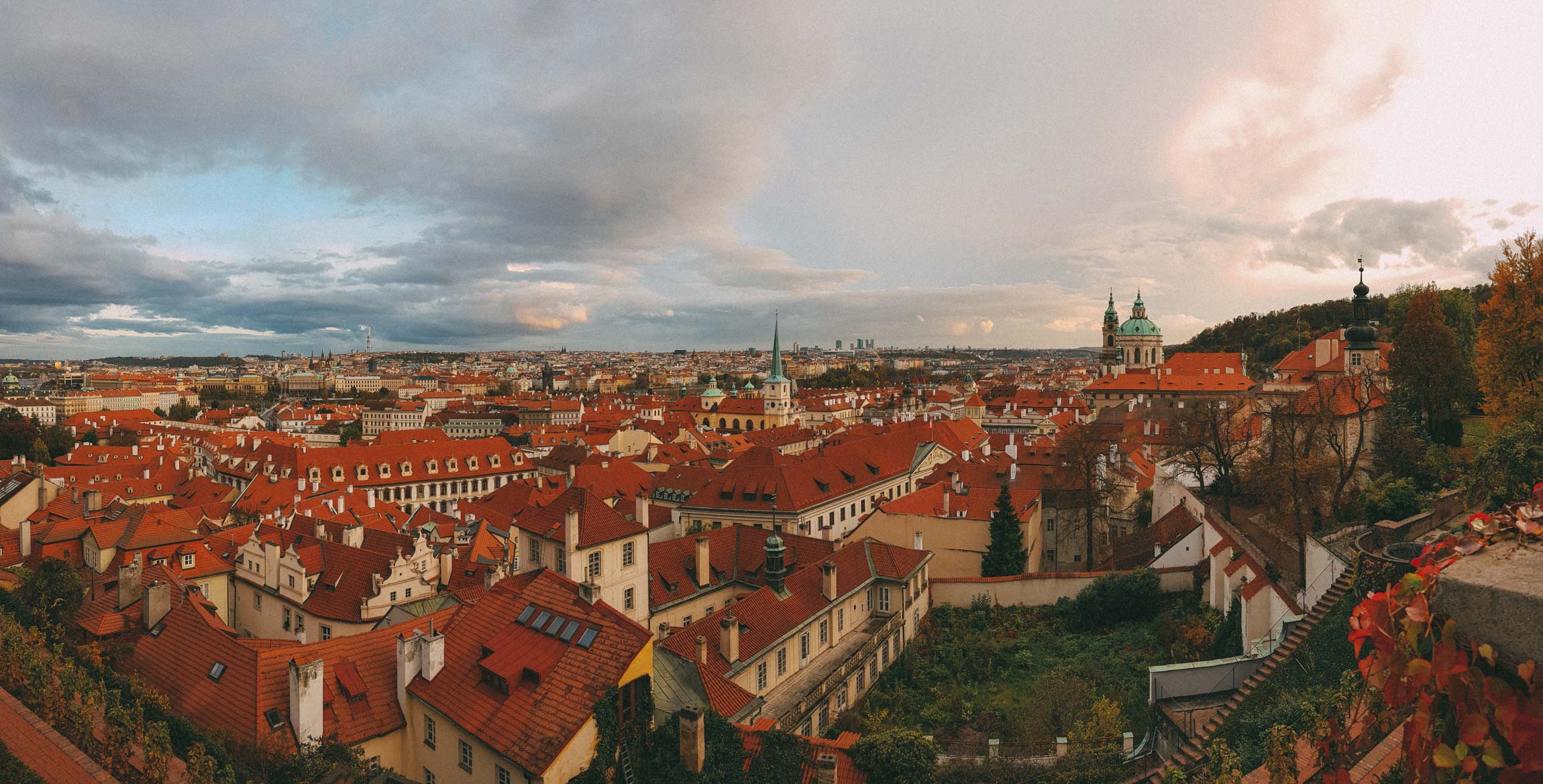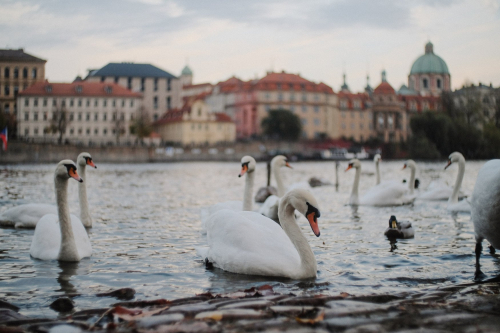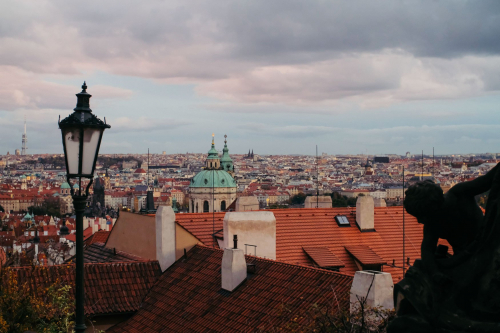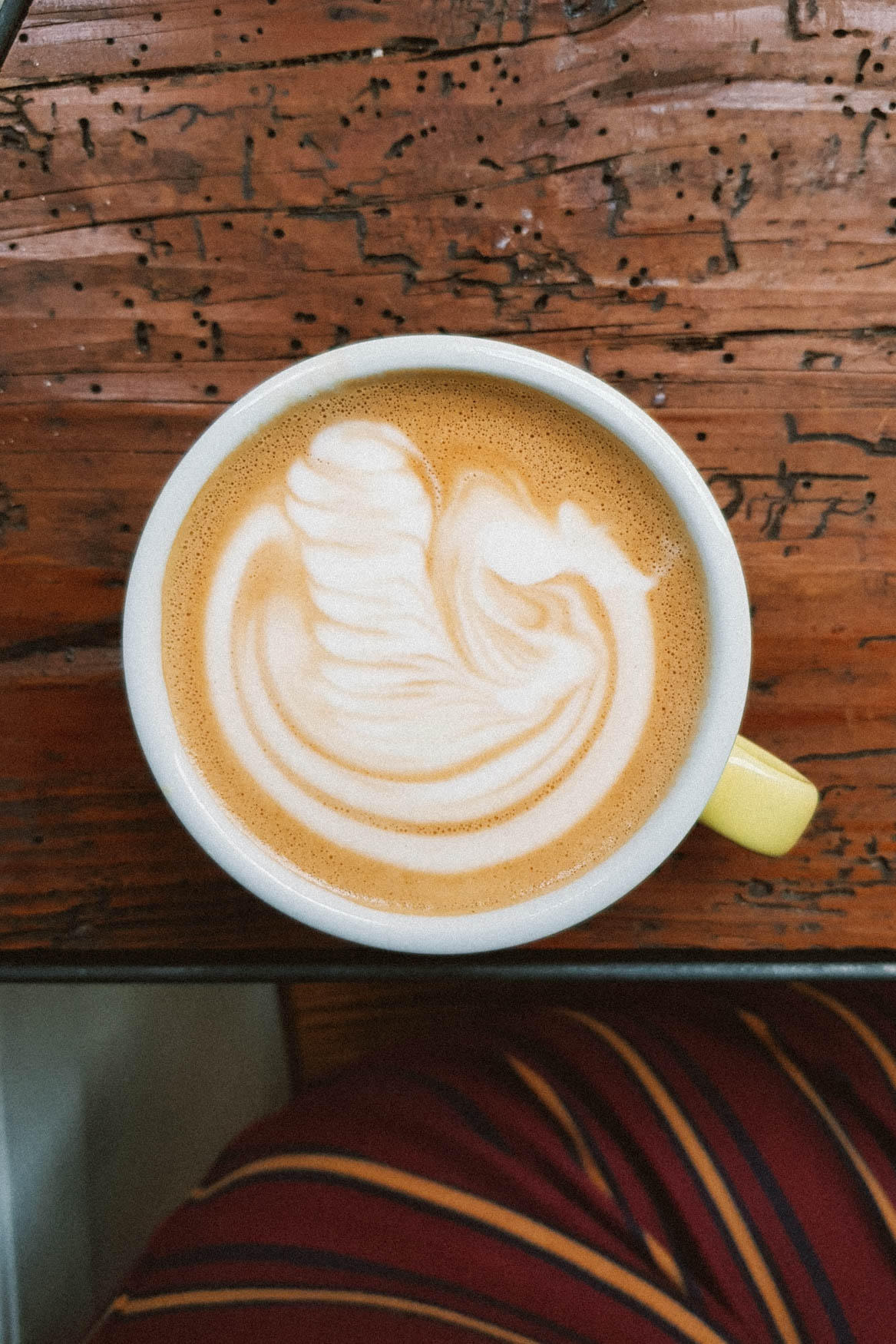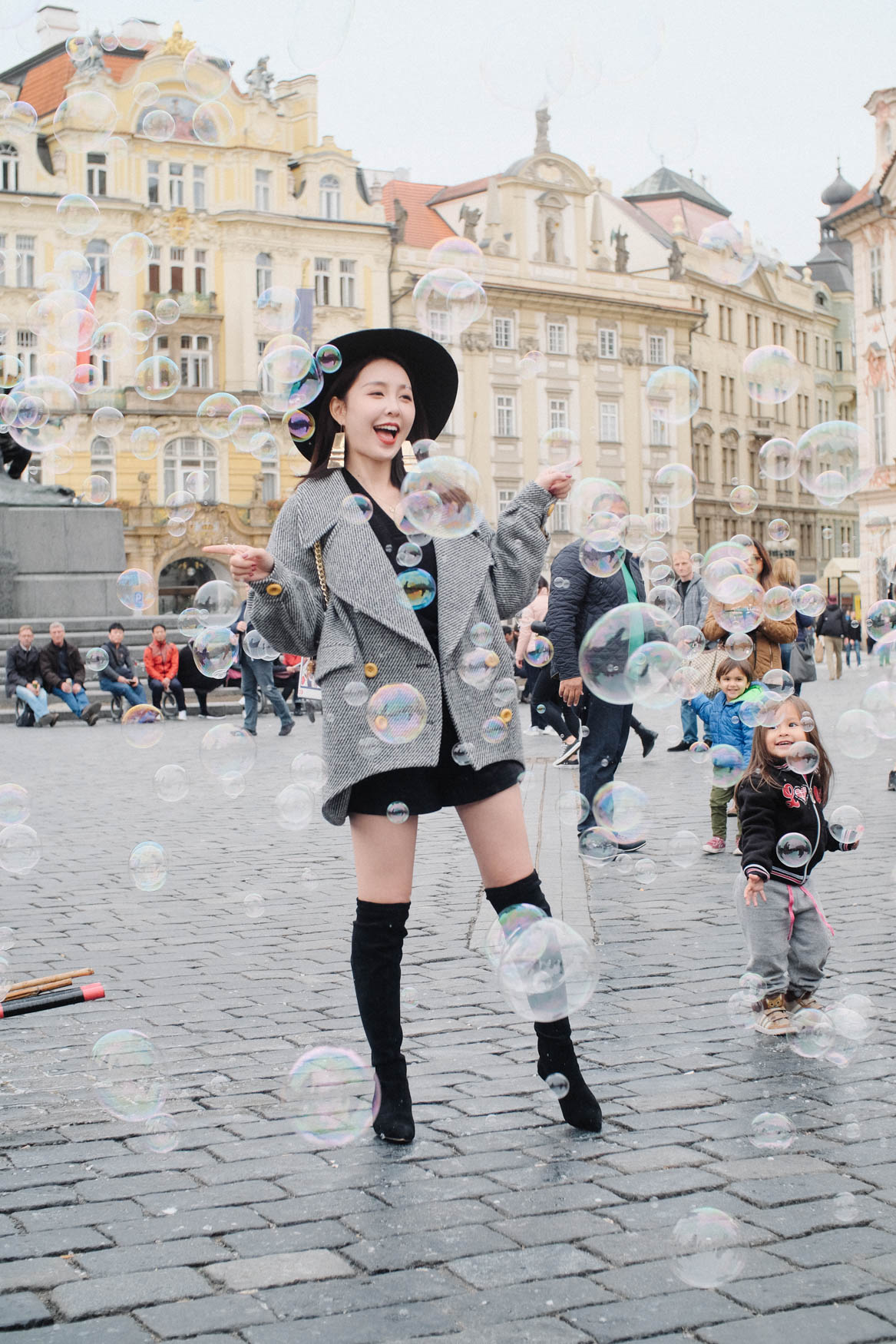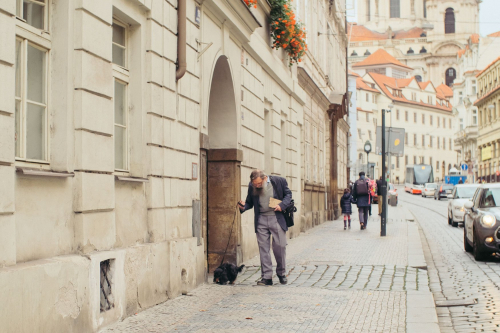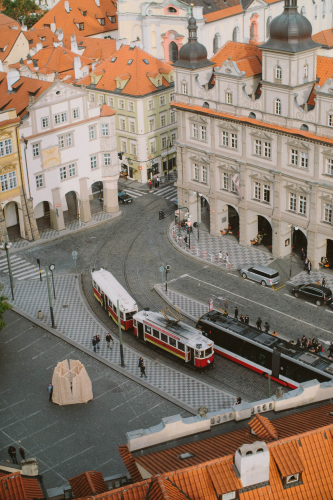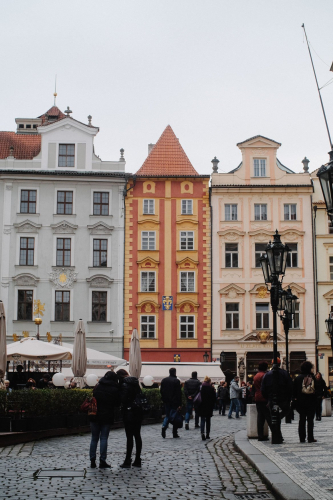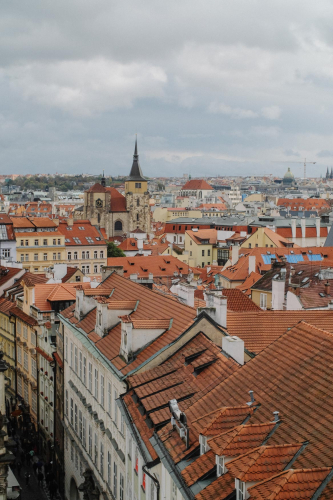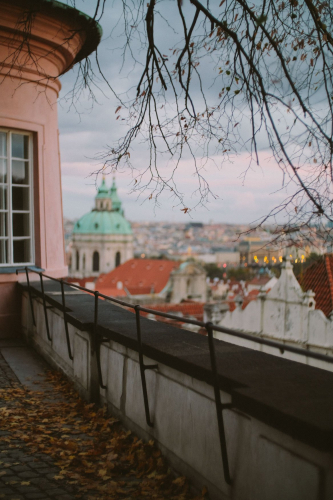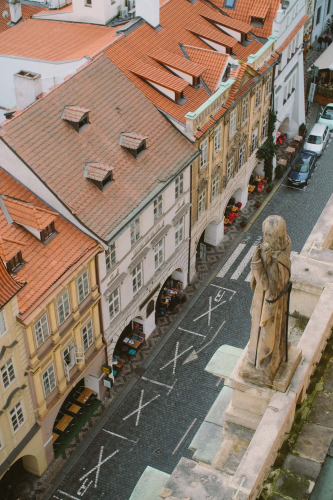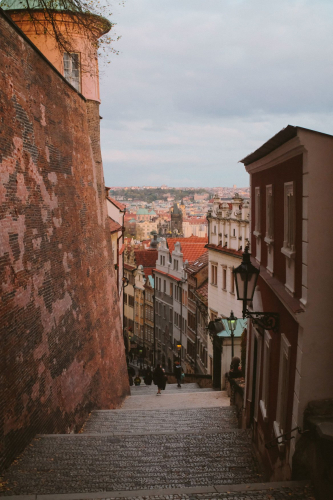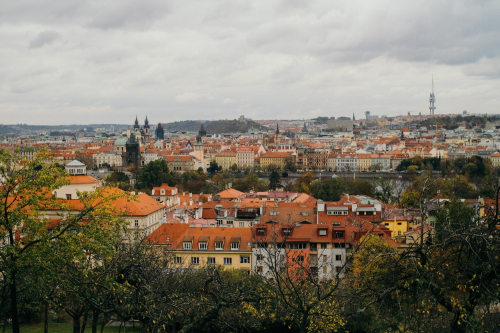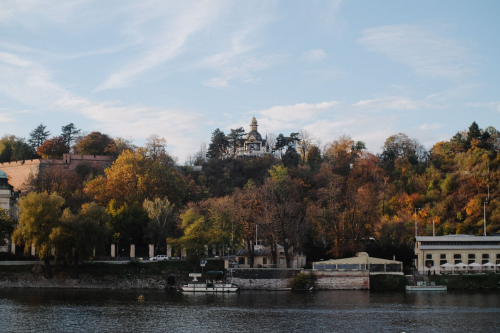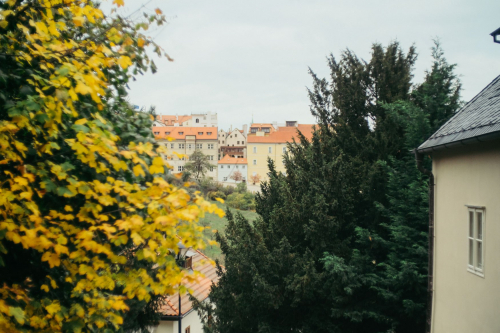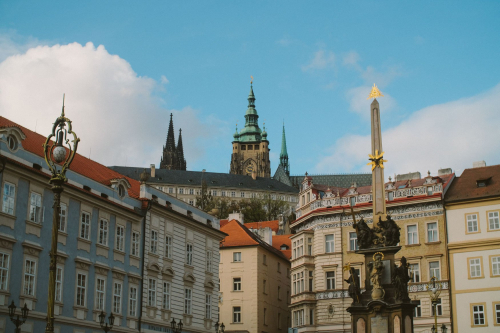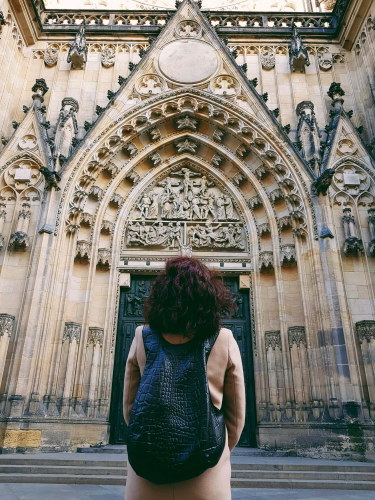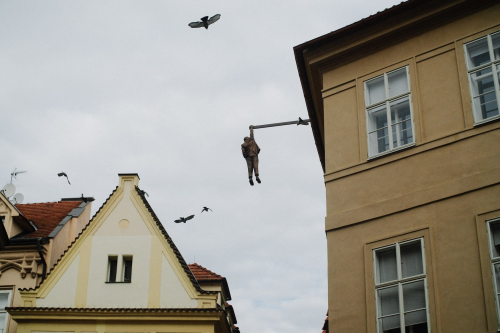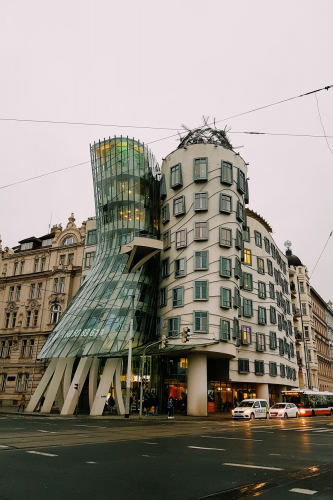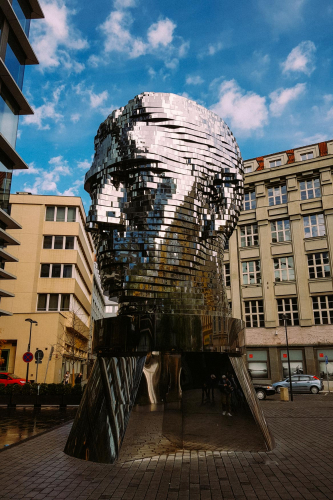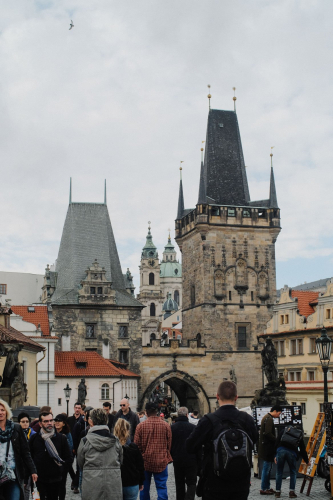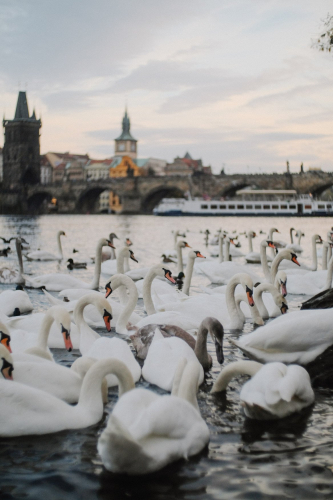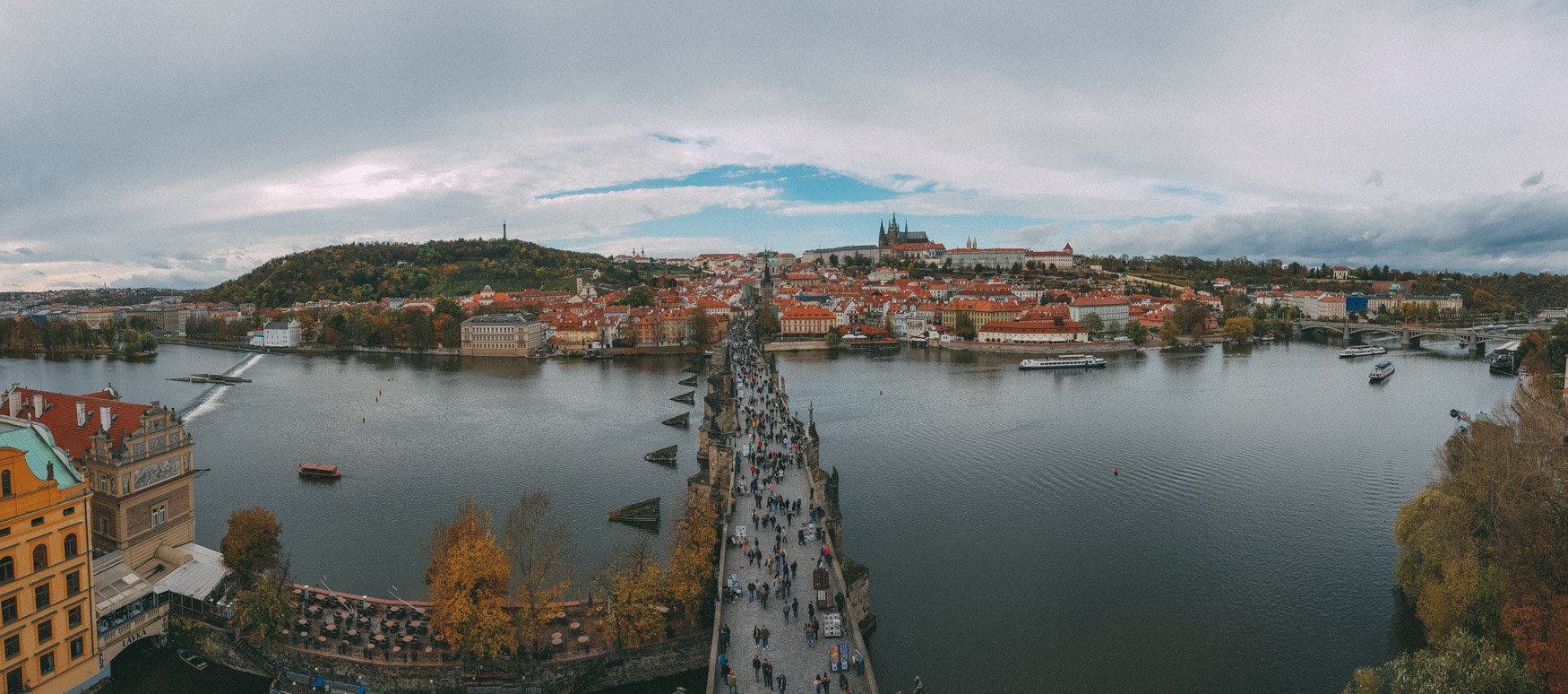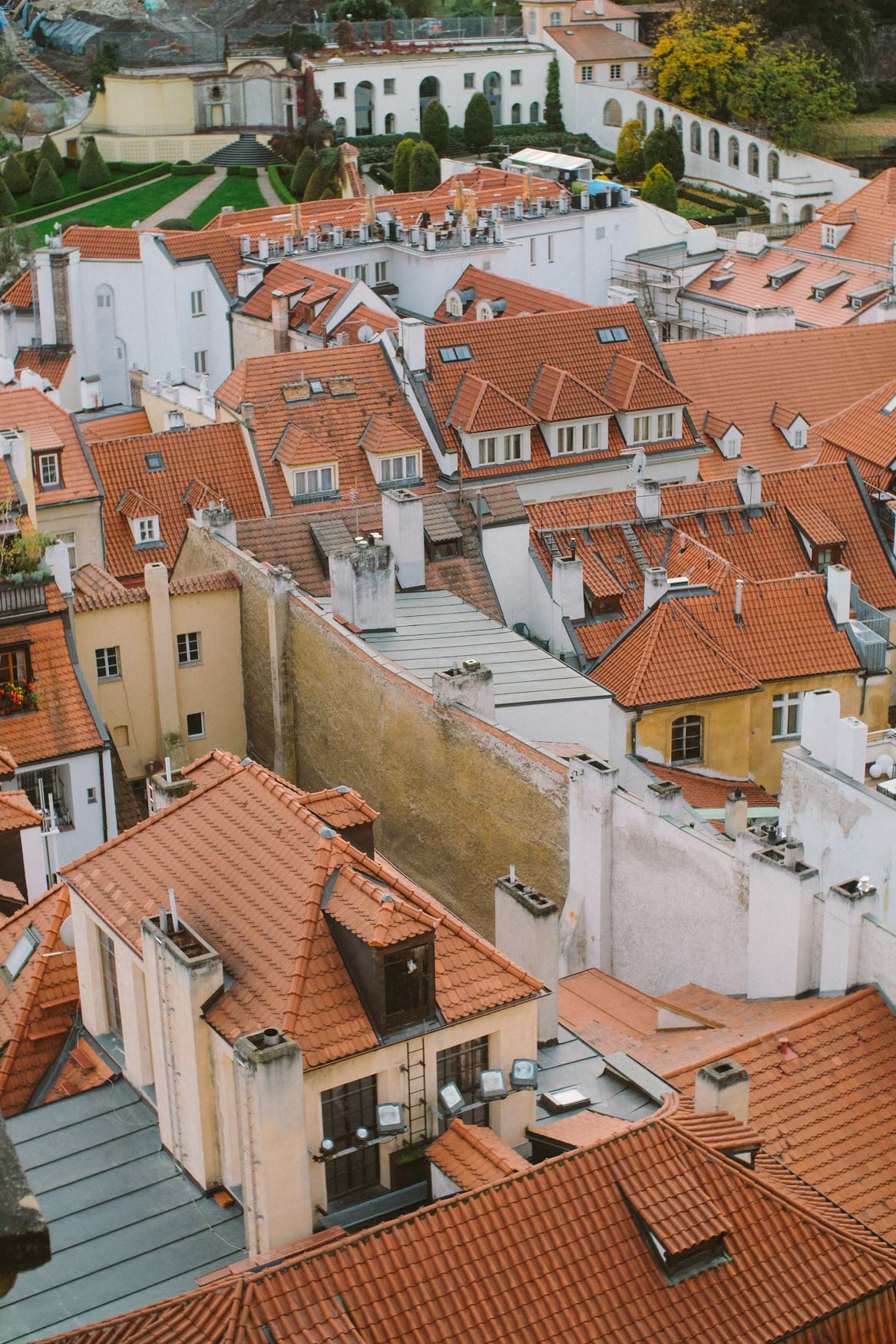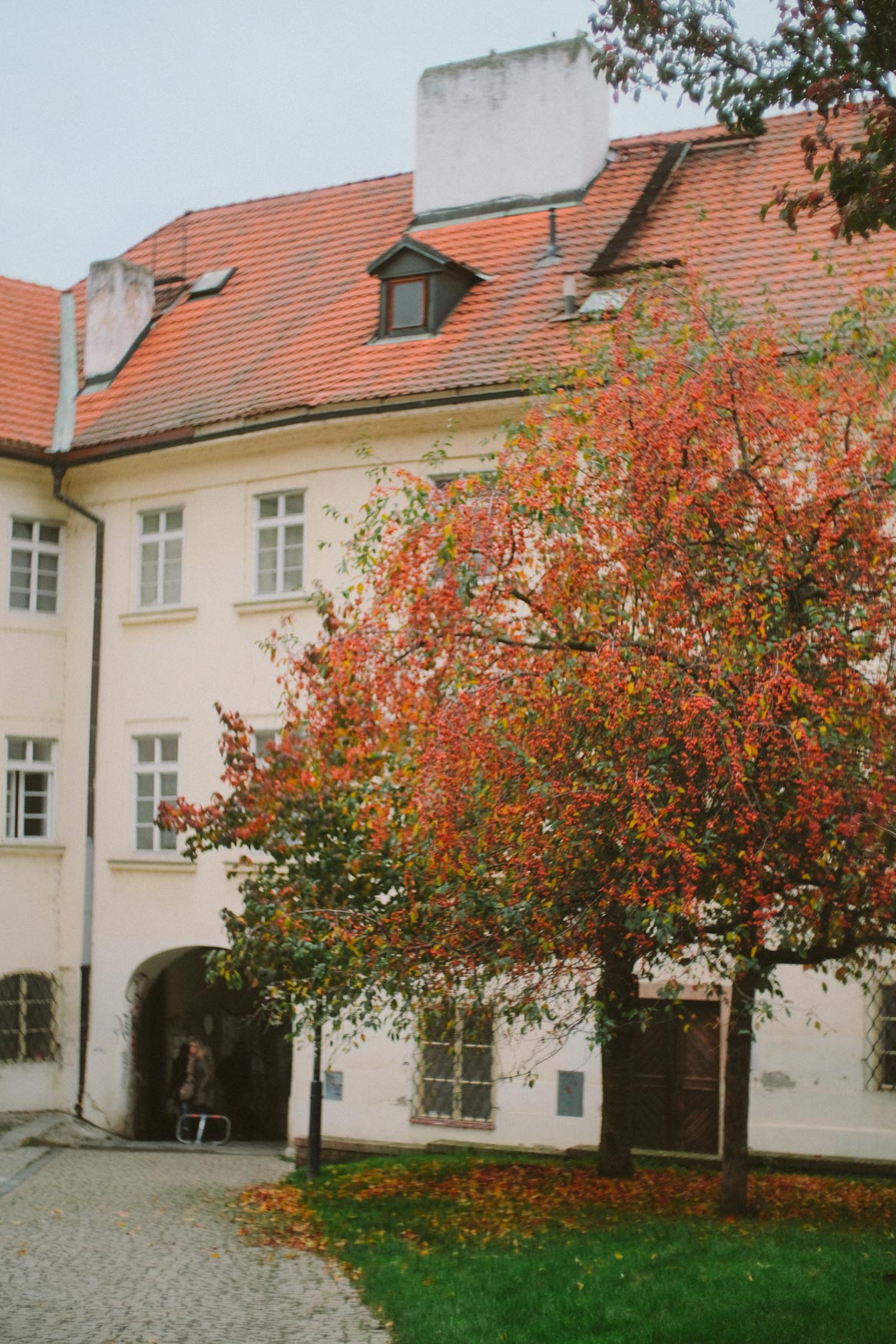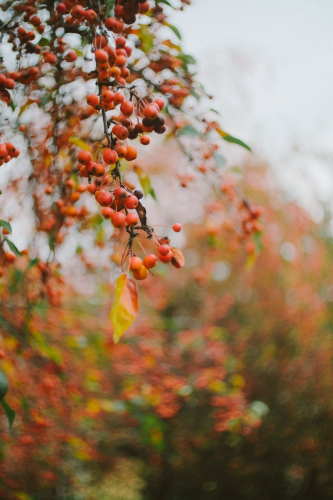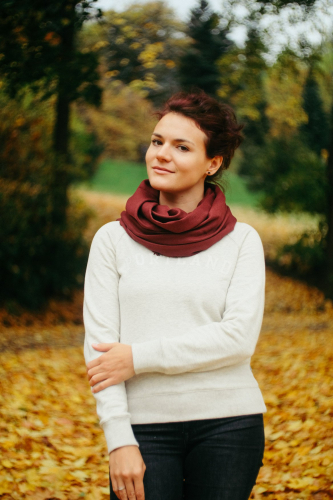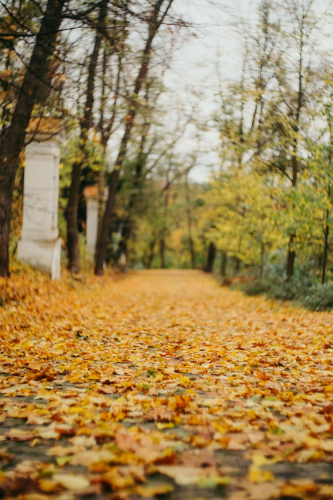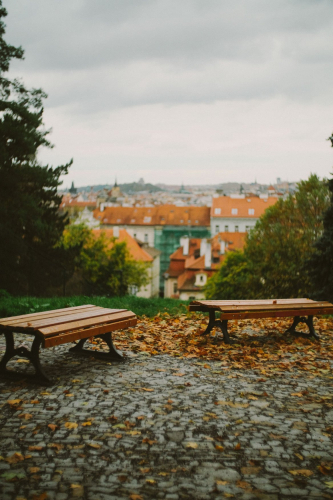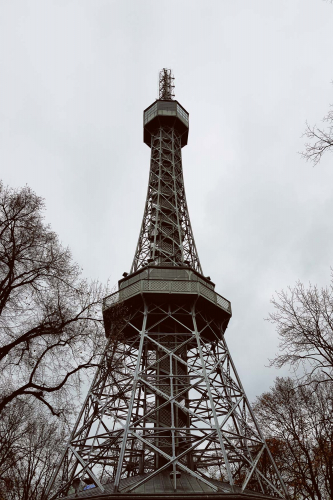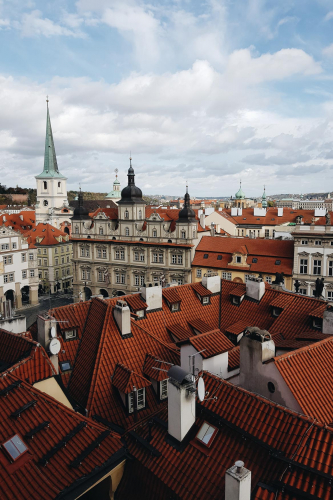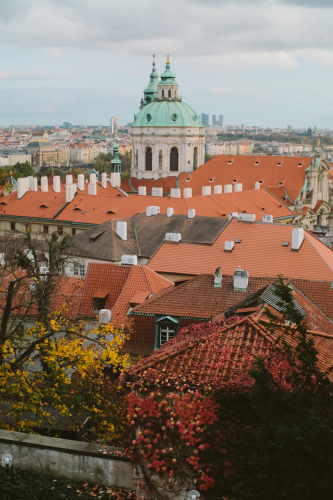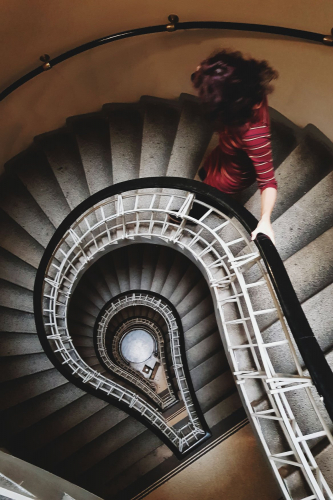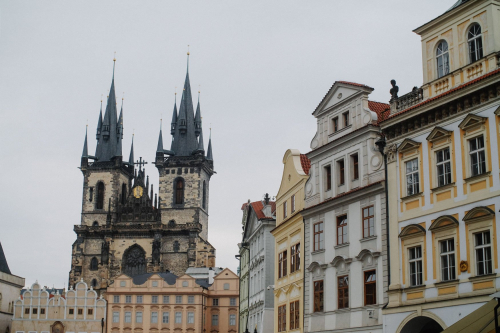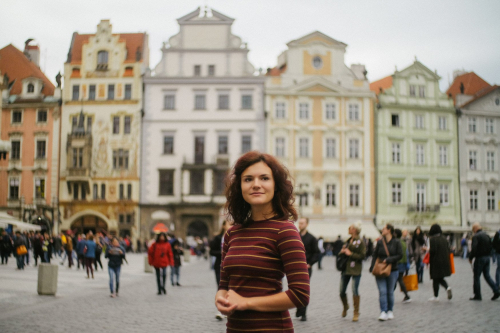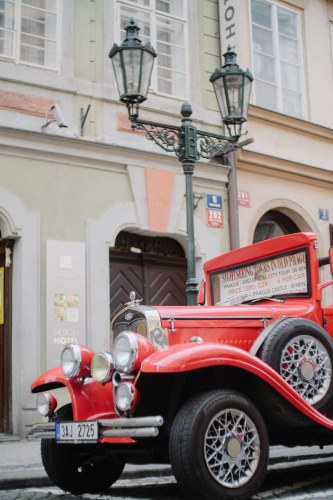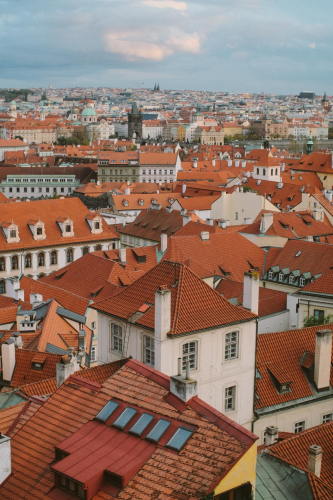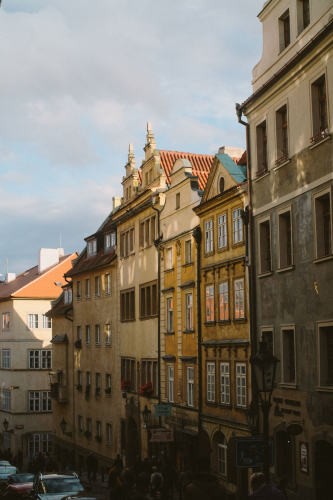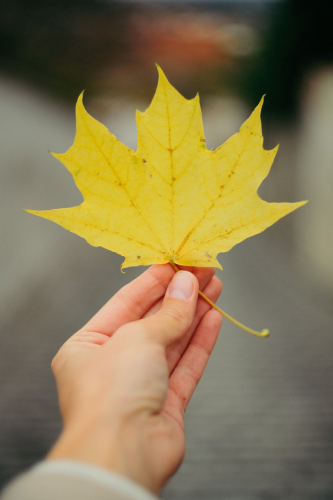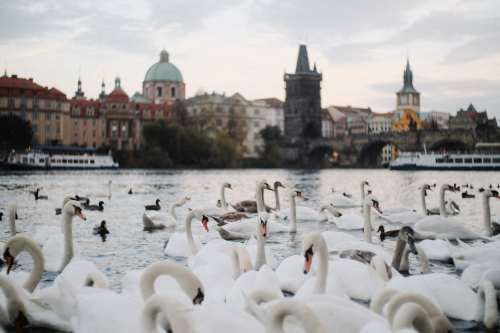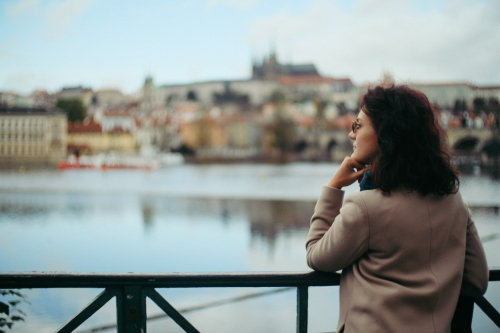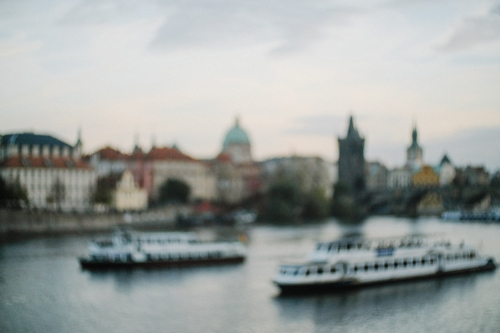The City of a Hundred Spires
Lady Prague is divine! This city makes you feel touched by its beauty, gets you to devote it to music, poems, and romances. It makes the greatest pragmatist an enthusiastic romantic. Prague does not let a newcomer fall asleep, circling in a simple dance of streets, houses, palaces, churches, and parks, opening the veil of its secrets to its guest satisfying his extent of curiosity.
Dear reader, I am glad to share with you my author’s ultimate guide to Prague in this travel blog! Bookmark the guide and plan your trip with me! The blog contains hidden gems and my personal tips for planning a unique ambiance and charm route around the city. For your convenience, all the mentioned places are linked to Google Maps. Official sites and useful third-party sites are also listed for further information. Whether you prefer to dig deeper into the history or figure out the names, this blog is filled with Wikipedia links. Have a nice trip!
According to the legend, Prague was preceded by Vyšehrad, which stood on a rocky cliff and was the residence of a mythical Duke Krok. His daughter, Princess Libuše, was a clairvoyant. The princess saw a great city in the bend of the Vltava river in one of her prophetic dreams. Her servants went to the place indicated by the prophetess, where they found a young servant Přemysl the Ploughman (Czech: Přemysl Oráč), laying at the threshold of his house. A threshold is a prahu in the Czech. Soon Přemysl became the chosen one of the princesses. They are believed to be the ancestors of the famous Přemyslid dynasty, which ruled the country for four centuries.
“I see the city, the glory of which will reach the stars,” the princess prophesied. Her subjects tried their best to implement the ideas of their mistress. However, this is only a legend: Vyšehrad arose several centuries later than the mythical Libuše could have lived. Nevertheless, historians claim that it was under the Přemyslids that Prague became a rich and influential city. The golden times of Prague lasted for about two centuries, then the times of war and religious conflicts began.
Be sure to get up early in the morning and walk along with the city and its deserted streets. Visit the central market in the morning. Have a cup of coffee in a newly opened cafe. And, of course, listen and take a closer look at those who come here every day. Watch the faces of the locals. You can even guess: “who is this person?”, “What is his story?” “What does he do for a living?”, And if he is a tourist you may wonder “which country is he from, where is he heading?” … looking through the window of a coffee shop, observing life on the street. Catching the tonality of the city and those around you, you can feel a certain special mood and a completely transparent vision of what is happening around you! And now, widening your eyes and understanding everything, you can go to explore all the famous places symbols of the city, reproduced in guidebooks, travel articles, and Instagram # requests.
At lunchtime, go to a restaurant, but not to the one where all tourists go. It is worth finding the one where the locals go and thereby feel and taste the local flavor. Take a tram, number 22 would be the most appropriate. It will take you around many places of interest.
A Famous Czech Cuisine. Ham hock (Czech: Vepřové koleno) is perhaps the most impressive dish in Czech cuisine. It is a baked shank of a wild boar or young pork. It is served with knödel (Czech: knedlíks). There are many varieties of knedliky – potato, wheat, knedliky with fat or fruits, etc. Of course, the goulash soup in bread is also worth mentioning goulash in bread (Czech: gulášová polévka v chlebu) and pancakes with jam for the dessert (Czech: palačinky s džemem).
There have been many charlatans and all kinds of mysteries in the history of Prague. Prague either became the capital of a mighty empire, or it was satisfied with the role of a provincial town, but whatever it was mysticism always surrounded it. Here, pagan roots are interwoven with Jewish cabalism and with the most mysterious denominations of Christianity. Scientists, charlatans, magicians, and alchemists always lived here. At the beginning of the 16th century, Johann Georg Faust arrived in the city. Faust settled in a house on Charles Square. The end of his story is sad, but it teaches a great lesson: he sold his soul to the devil and condemned himself to eternal torment.
Prague Castle is surrounded by gardens. They are almost 500 years old! Of course, the layout and style have changed over the years. The Renaissance gave way to the Baroque, which was replaced by the English landscape garden. Queen Anne’s Summer Palace (Czech: Letohrádek královny Anny) is an example of classical Italian architecture of the Renaissance. Ferdinand I dedicated it to his princess Anna of Bohemia and Hungary. It is a beautiful story, which deserves to become a tradition!
St. Vitus Cathedral (Czech: Katedrála svatého Víta, Václava a Vojtěcha). What is its uniqueness? It is over 1000 years old! What also strikes me is that about 700 years ago the French architect Matthew of Arras (French: Mathieu d’Arras) began another reconstruction. He worked on it until his death. His business was taken over by a German-Czech architect Peter Parler, who was only 23 years old at that time. He also built it until his death and his work was continued by his sons. As a result, the construction of the cathedral took 600 years. None of them saw their creation finished, but they did everything possible so that sooner or later it showed up to their descendants!
There are 24 chapels inside the cathedral. The main one contains the coffin of Wenceslaus I (Czech: Václav). Its walls are decorated with semi-precious stones – jasper, amethysts, and other stones, being fixed in gold plaster. The architect’s idea was to create a feeling of striving upward when you are inside the cathedral. The main treasures of the temple are kept under lock and key which are 7 in number. These seven keys are kept by seven high-ranking people, the most honest and decent ones. There were four such in the Czech Republic, and three keys were given to the Westerners: S. Berlusconi in Italy, A. Chubais, and the exiled B. Berezovsky. That is what can be called a cunning Czech history.
The dwellers of Prague are proud not only of their historical heritage but also of the modern art of urban sculpture. They hold the fountain composition Piss sculpture (Czech: Čůrající postavy) in high esteem (quotes of famous Prague dwellers are written with jets of water in it). Crawling babies (Czech: Miminka babies) are installed on the building of the TV tower in Prague’s Zizkov district, as well as in the Kampa Park. There are also Sigmund Freud’s statue “The Suspended” (Czech: Viselec), a car sculpture of Trabant named “Where are you going?” (Quo vadis?) which is walking on human legs, and a row of yellow penguins on the Vltava River, and pink cars on the facade of the MeetFactory, and a monument to Franz Kafka, as well as a geo-rotating sculpture of a head, the Prague metronome, and many other peculiar things.
Charles Bridge (Czech: Karlův most). It is one of the first stone bridges in Central Europe and is 660 years old. Moreover, it has an exact date of birth. King Charles IV was very superstitious and before starting the construction he consulted with astrologers. They told him the exact date of the start of construction: “1357, July 9th, 5:31.” They started exactly at this time, it took them 45 years and the bridge is still standing.
Charles Bridge connects the old town and Mala Strana (Czech: Malá Strana). Perhaps the most romantic places in Prague are the Malá Strana area and Kampa island.
Kampa Island is the most beloved area of those living in Prague. It is separated from the Mala Strana area by the Chertovka channel. Artists and intellectuals have always lived in Kampa. The streets here are very romantic, calm and empty of tourists. It is worth wandering here and it seems to me that this is where a true part of the city is.
An interesting detail is that swimming in the Vltava River within the city is prohibited. The reason for the ban, which appeared 250 years ago, was the impressionability of Queen Maria Theresa. At that time, the connection between the banks was either by bridge or by ferry. Though both were paid. The poor, trying to save money, went swimming, which sometimes happened to be lethal for them. And somehow, sailing on a boat in these places, Maria Theresa saw many crosses on both banks. Upon learning, she was upset and issued an order banning swimming in the river within the city. The law is in effect and no one has canceled it since then.
At noon, there is a daily change of the guard at the Matthias Gate. The ritual is theatrical. It was invented relatively recently, in 1996, especially for tourists. While there, pay attention to the sculptures of the palace gates named The Struggle of the Titan.
There are the royal gardens in this part of the city (Czech: Královská zahrada). They offer very beautiful views of the city. For another beautiful view, go to a hill Petrin (Czech: Petřín). There is a funicular (Czech: Lanová dráha na Petřín). However, it seems to me that it is better to climb on foot, especially if you come in the autumn. Yes, the spring in this park will be very beautiful with the blossoming of trees growing in it.
In 1889 a group of Czech tourists returned from the world exhibition in Paris. They were long impressed by what they had seen. Fascinated by the capital of France, they proposed to build in Prague a miniature copy of the Eiffel Tower – the Petrin Lookout Tower (Czech: Petřínska rozhledna). The Prague Jubilee Exhibition was the perfect occasion to nudge the city authorities towards this crazy idea.
Old Town Square (Czech: Staroměstské náměstí). In the harsh years of the Middle Ages, demonstrative punishments used to take place here. Now the Old Town Square is cozy, crowded, cheerful, and active. There is also the Kinsky Palace (Czech: Palác Kinských). It now houses the national collection of graphics containing up to 100,000 sheets. In the center of the square, there is a monument to the national hero of the Czech Republic Jan Hus. There is an inscription “love others” on the plinth. The main attraction of the square is the town hall clock (Czech: Pražský orloj). The clock consists of two parts. The upper one is astronomical, and the lower one shows the month of the year. The Gothic dial with the image of the 12 apostles, death, the stingy with the money bag, and the dandy with a mirror in his hands, are set in motion every hour. The clock was created in 1410 by Mikulas from Kadane.
Over the centuries, the image of Prague has been shaped by different trends and styles. Some influenced the imagination of city planners and patrons more, whereas others had less of it. However, one thing is certain: the secession rooted very well in Prague. One of the best examples of the Prague Secession is the Paris Hotel. Its name indicates the source of inspiration for the Prague architects at the turn of the century. The capital of France has become the main authority on art here since the 1889 exhibition. The headquarters of the Municipal House (Czech: Obecní dům) is a pure secession. In addition to the passion for everything French, Prague architects were characterized by a penchant for experimentation.
The Golden Lane (Czech: Zlatá ulička). Once upon a time, medieval alchemists conjured here by the order of the Czech king Rudolf II. They tried to turn everything that came to hand into gold. F. Kafka lived on the same street. He created a special world of Prague – a city where a traveler can get lost without a trace in the labyrinths from which it is impossible to get out. In his famous The Trial, he described the Cathedral of St. Vitus and the mysterious castle as a reflection of the Castle District (Czech: Hradčany). Kafka is gloomy, while Prague is light and carefree. The entrance to the street is paid, whereas in the evening, after about 6 pm, it is free.
